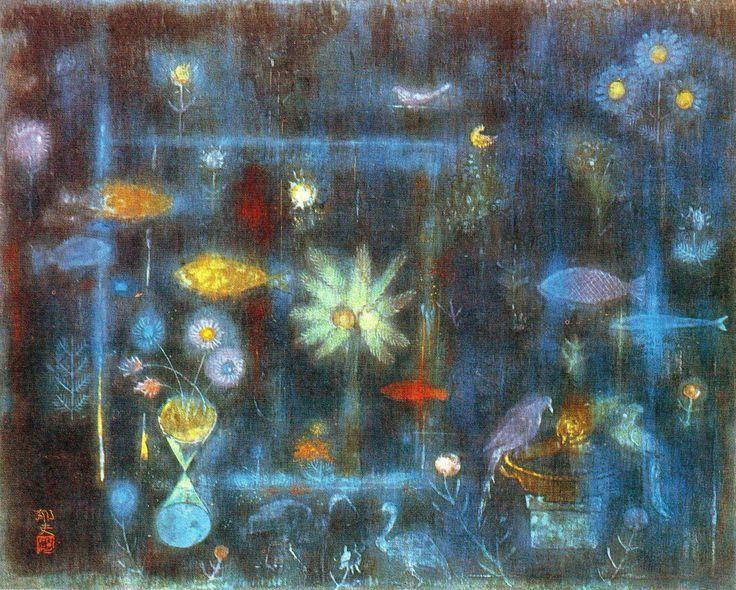Why do we feel a deep, innate connection to the natural world? This paper explores the biophilia hypothesis and the transformative power of awe, examining the psychological and philosophical implications of our bond with nature.
Abstract
Table of Contents
1. Introduction
Our connection to nature is profound and often transformative. This paper investigates the concept of biophilia—our innate tendency to connect with nature—and the powerful emotion of awe it can inspire, exploring what this tells us about human psychology and well-being. This page is a placeholder and will be updated with more content soon.
1.1. Background
Provide context and background information relevant to the research topic. Explain the significance of the problem being addressed.
1.2. Research Questions
Clearly state the research questions or hypotheses that this paper aims to investigate.
2. Methodology
Describe the research methods, data collection techniques, and analytical procedures used in this study. This section should be detailed enough for other researchers to replicate the study.
2.1. Data Collection
Explain how data was gathered. Include information about the sources, sampling methods, and any tools or instruments used.
2.2. Data Analysis
Detail the statistical or qualitative analysis techniques applied to the data. Justify the choice of methods.
3. Results
Present the findings of the research in a clear and objective manner. Use tables, figures, and charts to visualize the data where appropriate.

4. Discussion
Interpret the results in the context of the research questions and existing literature. Discuss the implications, limitations, and potential avenues for future research.
5. Conclusion
Summarize the main findings and their significance. Reiterate the key takeaways and the contribution of this research to the field.
6. References
List all the sources cited in the paper according to a consistent citation style (e.g., APA, MLA, Chicago).
- Author, A. A. (Year). Title of work. Publisher.
- Author, B. B. (Year). Title of article. Title of Periodical, volume number(issue number), pages.
